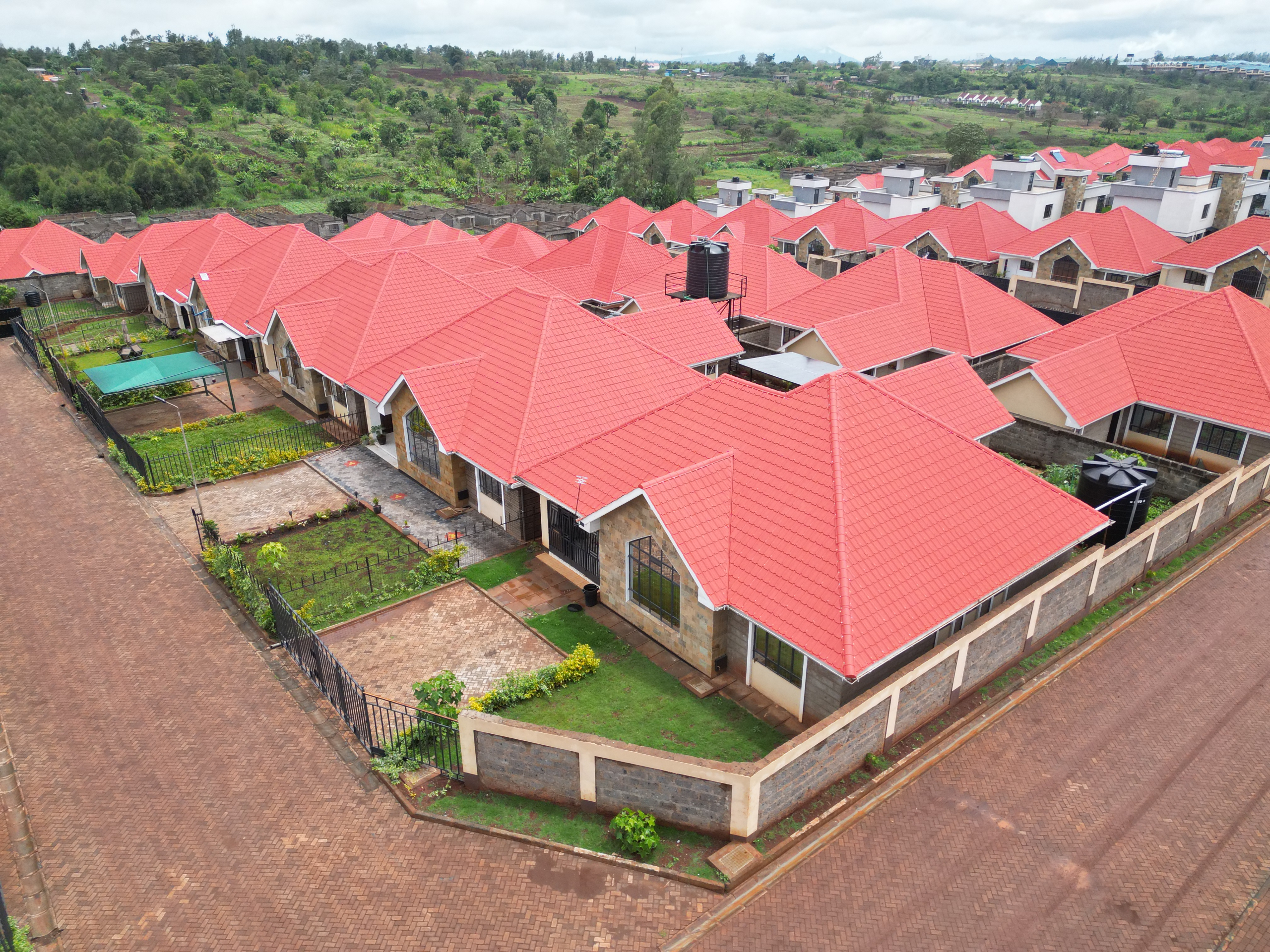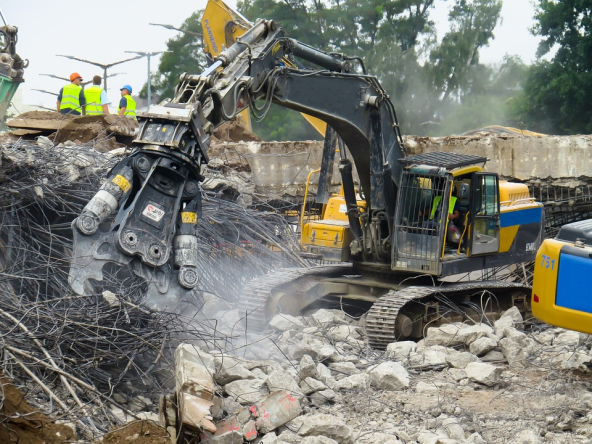The Lang’ata property market has long flown under the radar in Nairobi’s real estate conversation, often overshadowed by trendier neighborhoods like Westlands, Kilimani, and Kileleshwa. But beneath the surface, Lang’ata offers what many of those flashy estates are beginning to lose—rental stability, consistent demand, and strong long-term returns.
In today’s unpredictable economic climate, investors are starting to look past image and focus on fundamentals. And what they’re finding is that the Lang’ata property market quietly checks every box for sustainable buy-to-let success. From tenant retention to rising infrastructure value, this estate may just be Nairobi’s most underrated real estate gem.
Lang’ata may not have the glitz and glamour of its trendier counterparts, but it consistently punches above its weight. For buy-to-let investors seeking real returns over hype, Lang’ata deserves a second look.
Read Also: Why Studio Apartments on Thika Road Are Outperforming 2-Bed Units
Lang’ata’s Strategic Location Keeps It Relevant
One of Lang’ata’s most compelling strengths is its location. Positioned just southwest of Nairobi’s Central Business District, it offers direct access to the city through Lang’ata Road and connects easily to key areas like Wilson Airport, Upper Hill, and Karen. The Southern Bypass makes it even more accessible for people working in other parts of the city or commuting to industrial hubs along Mombasa Road.
Unlike many neighborhoods that suffer from chronic traffic jams and isolated road networks, Lang’ata offers reliable commuting options in nearly every direction. That ease of movement translates directly into tenant demand. People who work in the CBD, at government offices, NGOs, or airport-based industries often look to Lang’ata as an affordable, well-connected place to live.
The Tenant Base Offers Rare Stability
Lang’ata is home to a unique mix of residents. Families, professionals, civil servants, and even expats live here, drawn by the area’s livability and pricing. Compared to the transient young professionals who rent in Westlands or Lavington for a few years and then move on, Lang’ata tenants tend to stay longer. The area attracts people who are putting down roots rather than chasing trends.
This resident stability makes it a dream for landlords. Longer tenancies reduce turnover costs, minimize vacancies, and contribute to predictable monthly income. Many landlords in Lang’ata report having the same tenants for years—some even a decade or more. In an economy where rising living costs are pushing renters to look for value and consistency, Lang’ata continues to meet those expectations.
A Less Saturated, More Sustainable Property Market
One of the growing concerns in Nairobi’s buy-to-let market is oversupply, especially in the high-rise zones. Kilimani, Kileleshwa, and even some parts of Ruaka have seen an influx of uniform apartment blocks with hundreds of similar units. This concentration has led to downward pressure on rents and high vacancy rates. In contrast, Lang’ata’s property landscape is more diverse and measured.
The area features a balanced mix of older maisonettes, spacious apartments, and gated courts. Many of the homes were built during a time when space and structural quality mattered more than density. That legacy gives Lang’ata a character and livability that high-density zones simply can’t replicate. New developments are coming up—but in moderation, and with greater consideration for spacing, compound living, and practical layouts. For investors, this means less competition, stronger demand for well-kept units, and more control over pricing.
Strong Rental Yields Driven by Affordability
One of the most overlooked advantages of buy-to-let in Lang’ata is its pricing relative to rental income. Property values in Lang’ata are significantly lower than in places like Westlands or Kilimani, yet the monthly rents are not drastically different. This pricing gap makes Lang’ata one of the few places in Nairobi where you can achieve gross yields of 8–10 percent with minimal volatility.
Investors who purchase three-bedroom apartments or renovated maisonettes in Lang’ata often find that they command decent rental rates—especially from families looking for space and security. The demand is strong enough that well-maintained properties rarely stay vacant, and the returns tend to be more consistent than in glutted markets where landlords are constantly slashing rents to remain competitive.
Read Also: Real Estate in Gikambura: A Town Nairobi Investors Can’t Ignore Anymore
Infrastructure and Public Amenities Are Catching Up
In the past, Lang’ata may have lagged slightly in terms of public amenities and infrastructure. That’s no longer the case. The recent expansion and upgrade of Lang’ata Road has significantly improved traffic flow, making daily commutes easier and faster. The Southern Bypass provides an alternate route that links Lang’ata to key parts of the city, including Karen, Kikuyu, and Nairobi West.
Public infrastructure upgrades have been matched by a rise in shopping, leisure, and service facilities. Malls like Galleria, T-Mall, and Freedom Heights offer everything from supermarkets and restaurants to banks and fitness centers. The opening of Uhuru Gardens as a national heritage park has added green space and recreational value to the area, while Nairobi National Park remains a unique attraction just a few minutes away.
This growth in livability is boosting the area’s appeal for both renters and owner-occupiers—and by extension, improving long-term property values.
Landlord Experience is Easier and Less Regulated
One of the hidden benefits of investing in Lang’ata is the relatively smooth landlord experience. In contrast to high-rise neighborhoods where landlords often have to deal with complex service charges, crowded property management structures, and frequent tenant complaints, Lang’ata tends to be more straightforward.
Properties in Lang’ata are often standalone or located in small courts, which makes them easier to manage. Many landlords self-manage their properties or work with a single caretaker rather than hiring expensive property managers. There’s also less exposure to the political or regulatory pressure currently affecting rental markets in saturated areas.
For investors who want a “set it and forget it” experience—or who live outside the country—this simplicity can be a major advantage.
Read Also: Ruaka Airbnb: Why This Suburb Is the Next Hotspot for Short-Term Rental Returns
Quiet Gentrification Means Long-Term Growth
Lang’ata is not static. Over the last few years, there’s been a wave of low-key gentrification happening across the estate. Older homes are being refurbished and flipped. Developers are introducing modern housing concepts that respect the area’s spacious, low-rise character. Retail and lifestyle businesses are opening up, catering to a more discerning middle-class resident.
What this means is that property appreciation in Lang’ata is steady and sustainable. There are no wild swings or market crashes, just consistent growth driven by real demand and tangible improvements. For long-term investors, this kind of organic value increase is far more appealing than speculative bubbles in overhyped areas.
The Smart Investor’s Choice
Lang’ata may never be the flashiest neighborhood on a real estate listing, but that’s exactly why it works. It offers the fundamentals that matter most for buy-to-let success: location, tenant demand, livability, and returns. Investors who are focused on long-term gains rather than short-term excitement will find that Lang’ata delivers exactly what the Nairobi market often lacks—stability.
While the spotlight remains fixed on Nairobi’s high-rise, high-priced neighborhoods, the Lang’ata property market continues to deliver something far more valuable—reliability. With its strategic location, tenant-friendly environment, and rising livability, Lang’ata offers investors a rare mix of affordability and performance that few areas can match.
For those willing to look beyond the obvious and invest with a long-term view, the Lang’ata property market presents a compelling case. It may not be the loudest option on the table, but it just might be the smartest.
Read Also: Are Gated Communities in Syokimau Becoming Too Dense?




